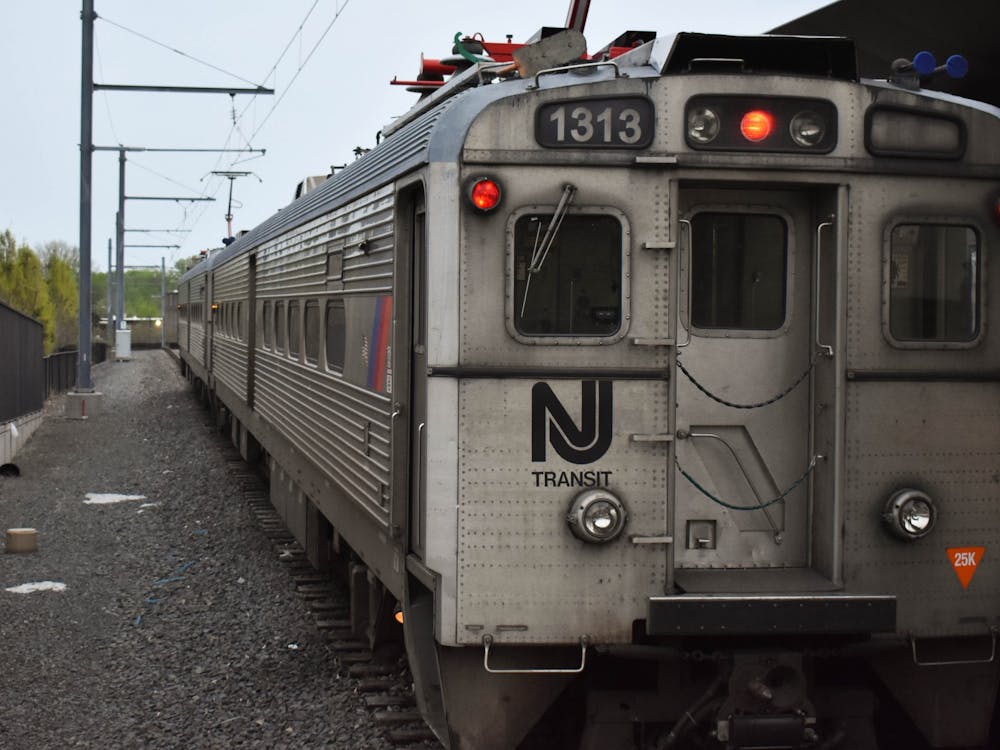There is a serious dearth of arts coverage on this campus. Regardless of your impression of its quality or analytical depth, campus arts coverage is virtually nonexistent, except for the following: a review every two weeks or so of one of the campus theater shows; the semiannual article about the lack of performing space on campus; the obligatory pre-Triangle Show spread/free publicity; and the occasional article about the lack of arts coverage on campus.
Currently, arts coverage is relegated to a once-a-week format which mostly consists of said reviews or comments on some recent book, record, or movie release without a clear campus connection. Sports, however, at least in this newspaper, get more than half the newspaper every day, with in-depth analysis of teams, individuals, seasons and even special "preview" sections which feature the upcoming challenges to a particular team.
Sports coverage emphasizes both "process" (how the team is created, trained and developed) and "event" (the games, meets, matches and even the occasional injury). Given the number of Princeton students involved in sports, one can legitimately claim that this coverage is justified.
But surely the arts deserve a comparable coverage of both "process" and "event." At least 350 students participate in the major theater and dance groups, which sell more than 20,000 tickets per year. Countless more are involved in the other arts on campus, ranging from formal drawing or creative writing classes to open mic nights to singing in the shower.
I would venture to guess that more than half the Princeton community has, in some way, taken part in an "arts" event, broadly defined, and almost every student has been a member of an arts audience. And, just for reference, there were more students at the most recent BodyHype performance than at the most recent home football game (921 vs. 550).
The arts deserve to be covered so that everyone can learn that, just as in sports, there is a powerful and complex developmental process to every arts event. When was the last time we read an article describing how a dance group develops its pieces, how a dance concert is created or even a review of dance? An article about a thesis production's concept and how it is to be realized? What goes into a Quipfire! show that hundreds of drunken Winter Formalians attend? How the Frist Campus Center may revolutionize performance space usage?
Does anyone know that there is a Performing Arts Council of student theater and dance groups that lobbies for administrative support? Does anyone know what the next Lucas Gallery arts exhibit at 185 Nassau Street will be? That British playwright Harold Pinter was on campus last January? That a faculty member set-designed both the McCarter production of "The Importance of Being Earnest" and the recent (unreviewed) production of short plays by Beckett at 185 Nassau Street?
The arts demand the appreciation and understanding of those who experience them, and newspapers are one of the most effective means of encouraging this engagement. Newspapers should provide investigative articles that place arts within their proper cultural and societal contexts as well as describing their development. A recent article in The Nassau Weekly about the Romanian Revolution was a major step in the right direction toward putting a piece of campus theater (Intime's "Mad Forest") in a cultural context – something we are required to do every time we visit the theater. Such coverage would even have the positive side effect of increasing student support for the arts and raising attendance at the many events on campus; it might even serve to reorient the campus away from the 'Street.' But the real point is that daily coverage of the arts is the newspapers' job.

The New York Times arts policy might provide a good starting point for this change. Its arts section appears every day, just like the sports section. Its articles provide both reviews of shows ("events") and information on the development, history and context ("process") of creating the art.
Something needs to change. There are too many of us who work to produce art, and too many of us who engage with it as audience members, for campus newspapers to so consistently ignore it. Adam Friedman, a guest columnist from Ridgeland, Miss., is a molecular biology major and Theatre-Intime general manager. He can be reached at aaf@princeton.edu.








